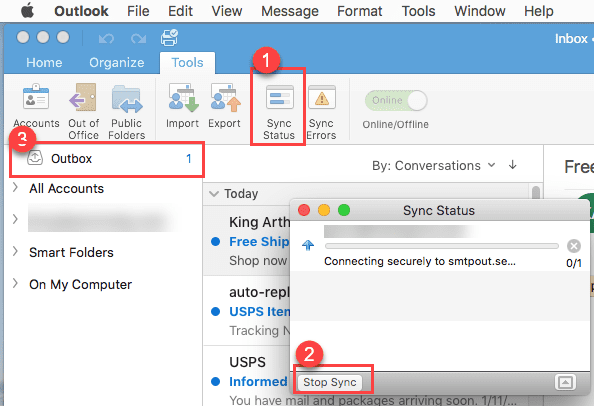

We have 1 Mac (osx 10.11.1) user running Outlook 2016, and he is trying to connect to our Exchange 2013 server (Version 15.0 Build 847.32). After creating the account in outlook a yellow dot remains. Looks like the latest version of Mac Mail on Sierra doesn't work with Exchange 2016. It works fine with our Exchange 2013 server. Usb disk format tool for mac. I am getting Unable to Verify account name or password. Outlook 2016 for Mac works fine and all windows clients are working fine so it seems to be a Mac Mail issue. Make sure that the computer is connected properly with the Exchange Server From the navigation pane, select the Exchange folder for which cache has to be emptied. Then, Ctrl+click or right-click on that folder, and hit on Properties to fix Mac Outlook 2016 cannot connect to Exchange Server Go to the General tab followed by clicking on Empty Cache.
Silent hunter 6 for macbook. An item with obvious and significant wear but is still operational. May have tears or holes in VHS/DVD box. The video game instructions and box may not be included.
To set up Outlook 2016 for macOS to access your Exchange account at Indiana University:
- On the welcome screen that appears when you start Outlook for the first time, select Add Account. The 'Accounts' preference window will open; if neither it nor the welcome screen appears, from the Tools menu, select Accounts.
- In the bottom left of the 'Accounts' preference window, click the + (plus sign) button, and then select New Account...
- In the window that opens, enter your Exchange account email address (for example,
dvader@iupui.edu), then click Continue.If Outlook doesn't automatically detect that you're configuring an Exchange account, click Choose the Provider, and then Exchange. - In the new window, enter the following information, making sure Configure automatically is selected:
- Method: From the pull-down menu, select User Name and Password.
- E-mail address: Your Exchange account email address, for example,
dvader@iupui.edu - DOMAINusername or Email:
ADSusername, replacingusernamewith your IU username. - Password: Your IU passphrase
- Server (optional): Usually not necessary to complete this field, but you may enter
https://ews.exchange.iu.edu/ews/exchange.asmx
- Click the Add Account button, and then click Done.
- After the initial sync is complete, with the 'Accounts' window still open and your new Exchange account selected, click Advanced, and verify the following settings:
- Microsoft Exchange
- Server:
https://ews.exchange.iu.edu/ews/exchange.asmx - Check Use SSL to connect.
- Server:
- Directory services
- Server: Optionally, add one of the following servers to use directory services:
IU-MSSG-ADSDC01.ads.iu.eduIU-MSSG-ADSDC02.ads.iu.eduIU-MSSG-ADSDC03.ads.iu.eduIU-MSSG-ADSDC04.ads.iu.eduIU-MSSG-ADSDC05.ads.iu.eduIU-MSSG-ADSDC06.ads.iu.eduIU-MSSG-ADSDC07.ads.iu.eduIU-MSSG-ADSDC08.ads.iu.edu
- Check Use SSL to connect.
- Server: Optionally, add one of the following servers to use directory services:
- Microsoft Exchange
- Adjust settings in the Delegates and Security tabs as needed. Consult your IT support personnel regarding these settings.
- Click OK to exit the advanced settings.
- Click the Show All button to reveal the other Outlook settings, and then click Calendar. Next to 'Default time zone for new events:', make sure it is set to the correct time zone. Especially if you have an Indiana city set for your Mac's system-wide time zone setting, make sure it is not set to Indiana (East), but instead to Eastern Time (US & Canada).
- Close the preferences window to begin using Outlook.

Outlook 2016 For Mac Exchange Servers
